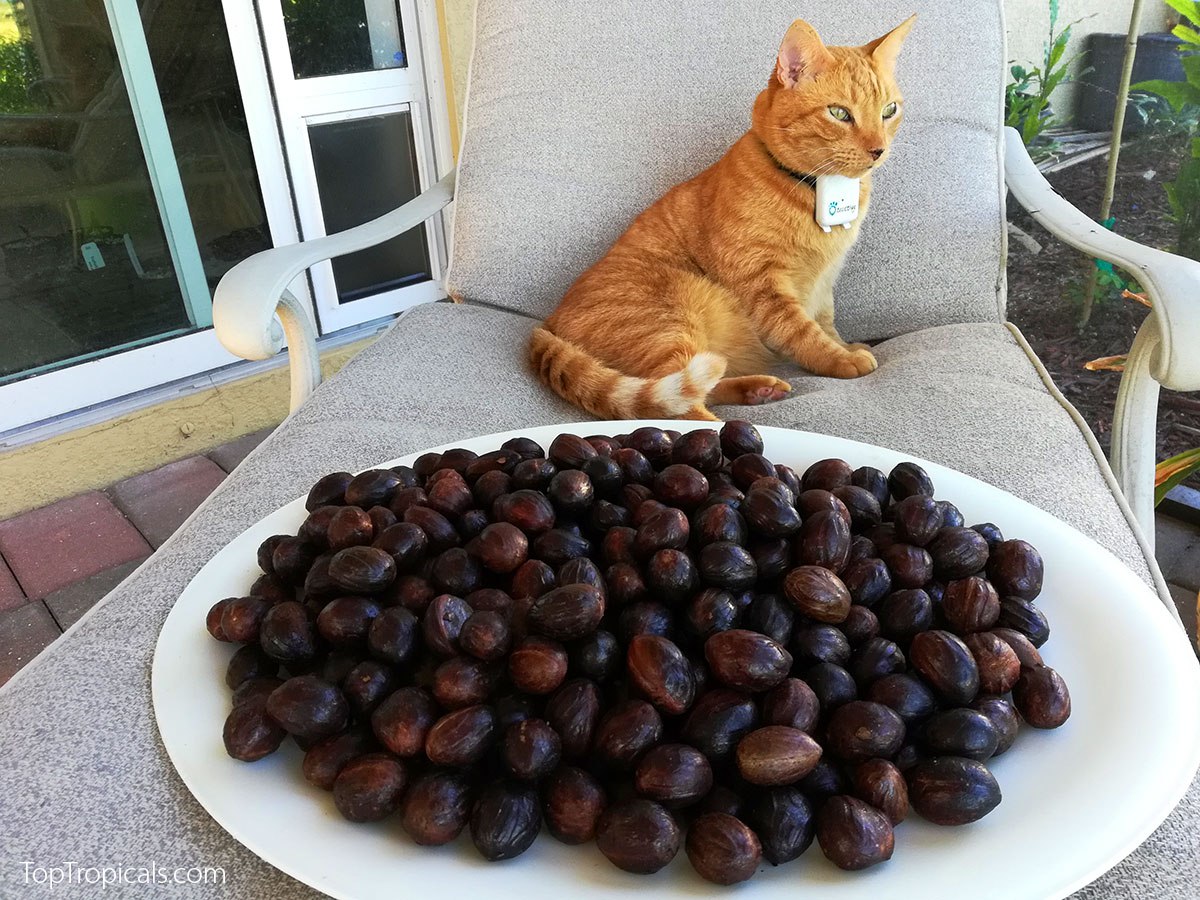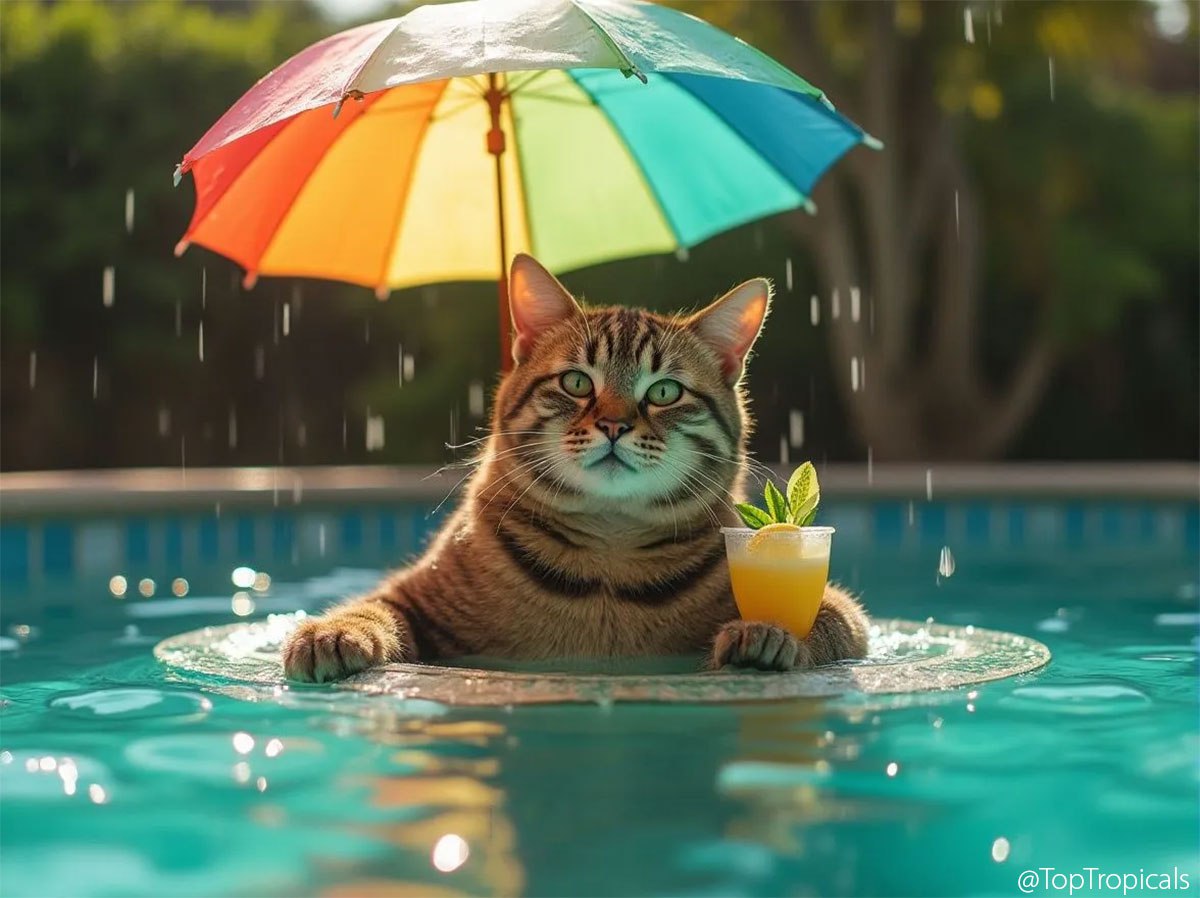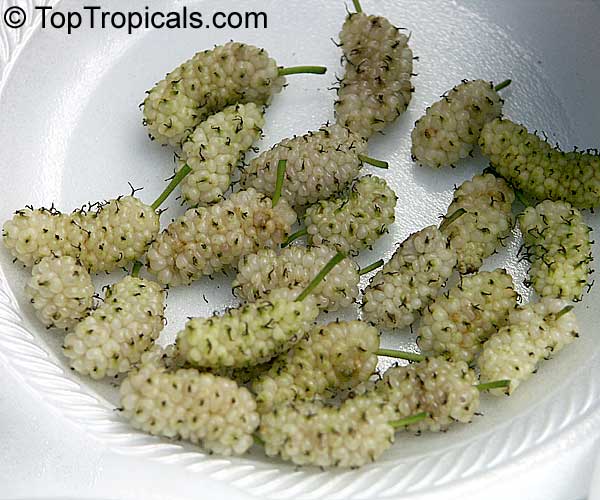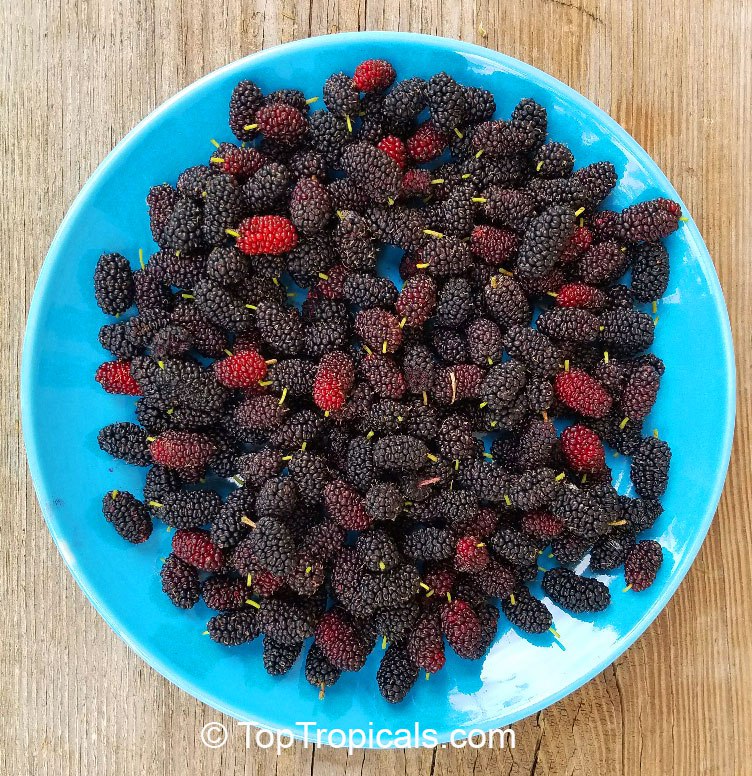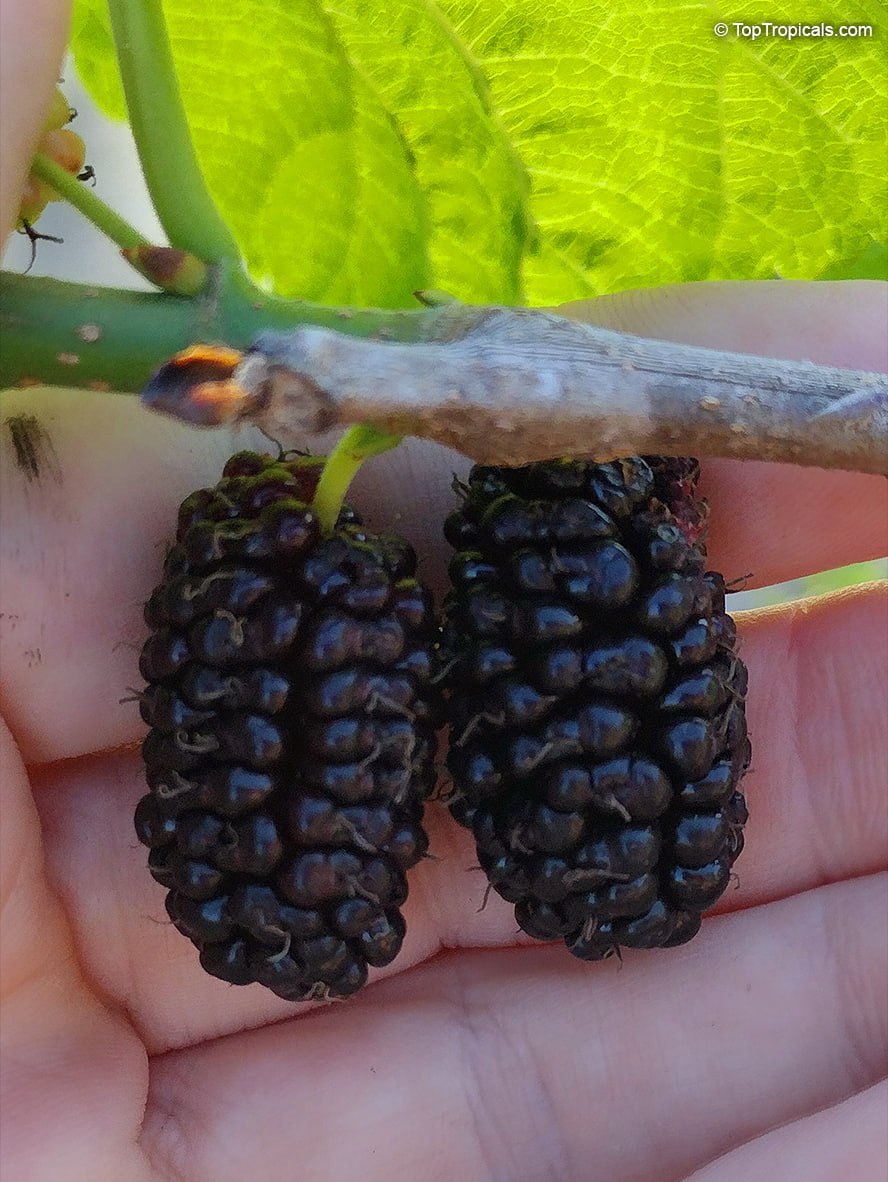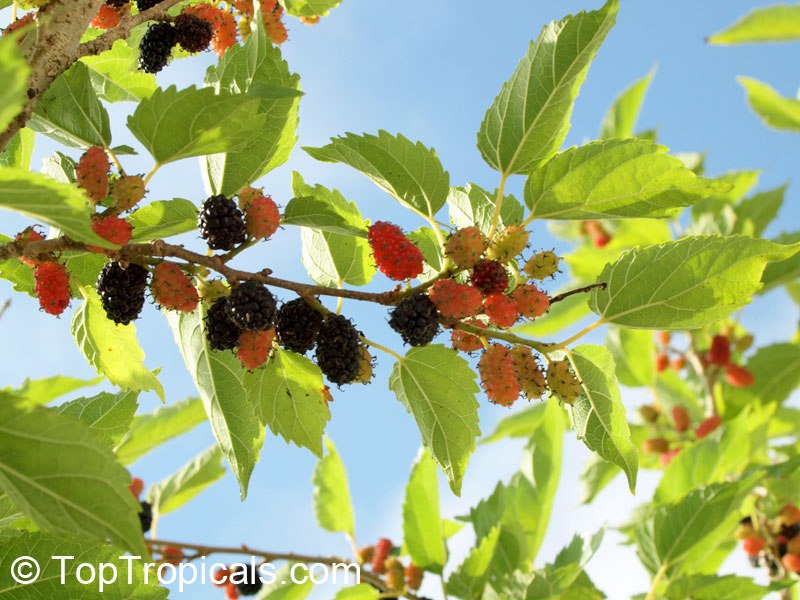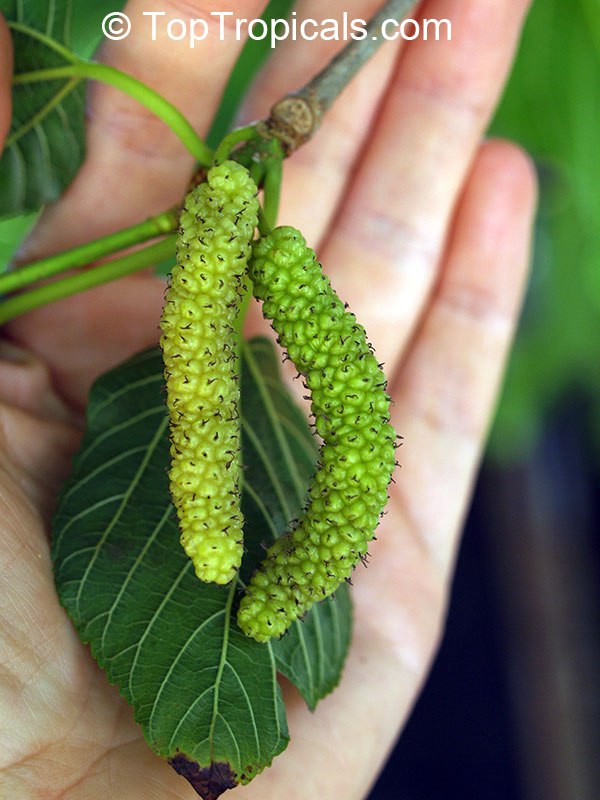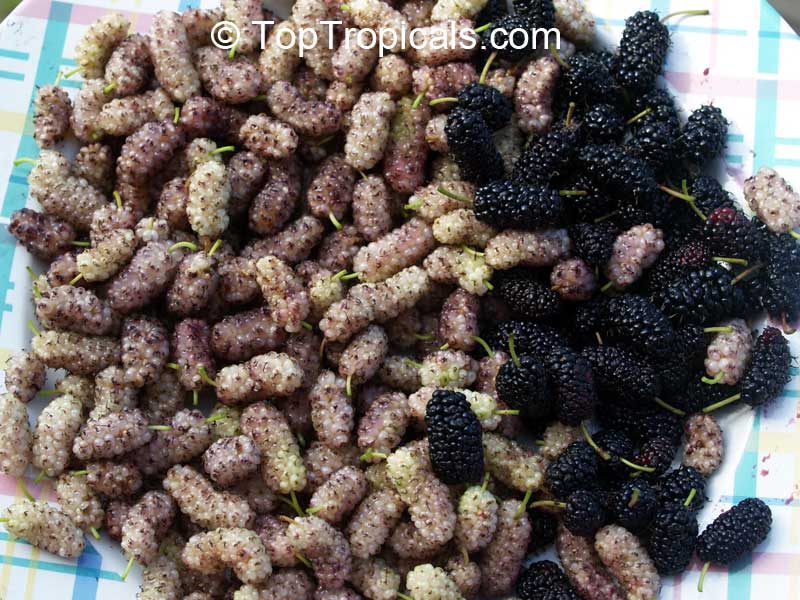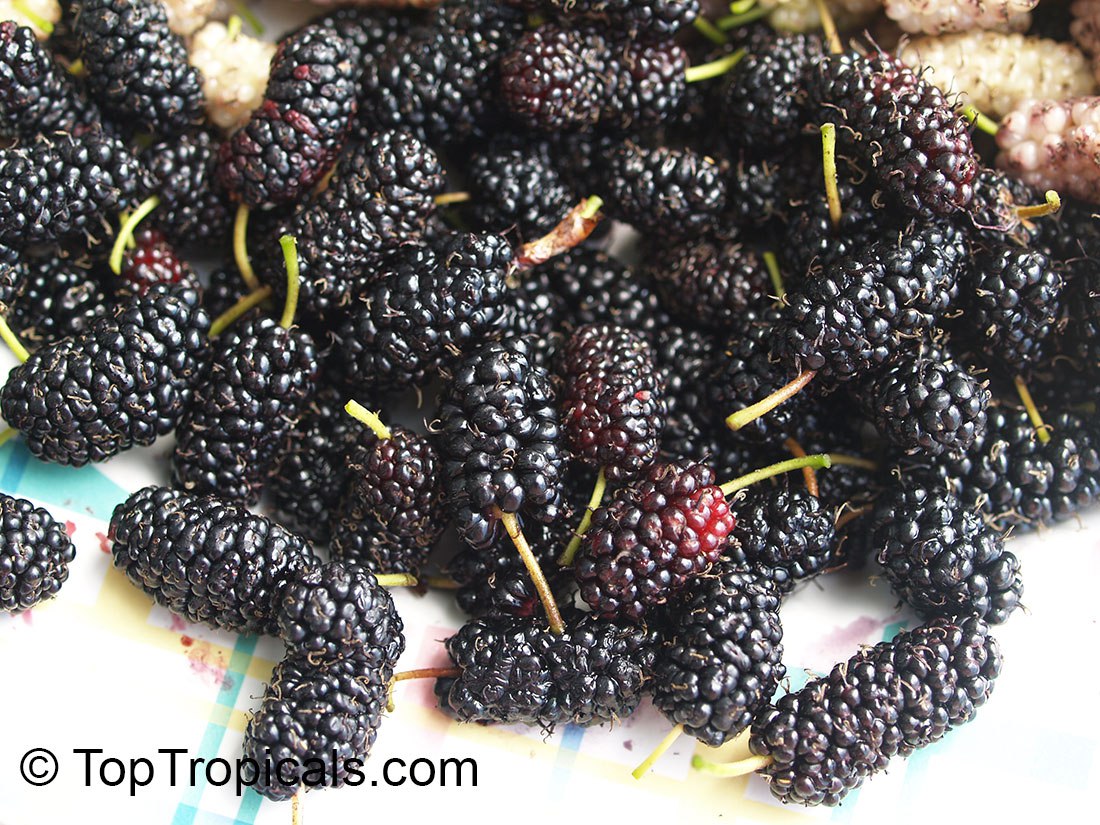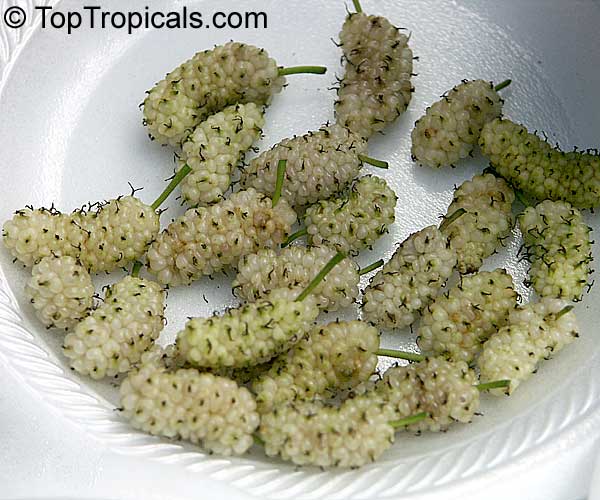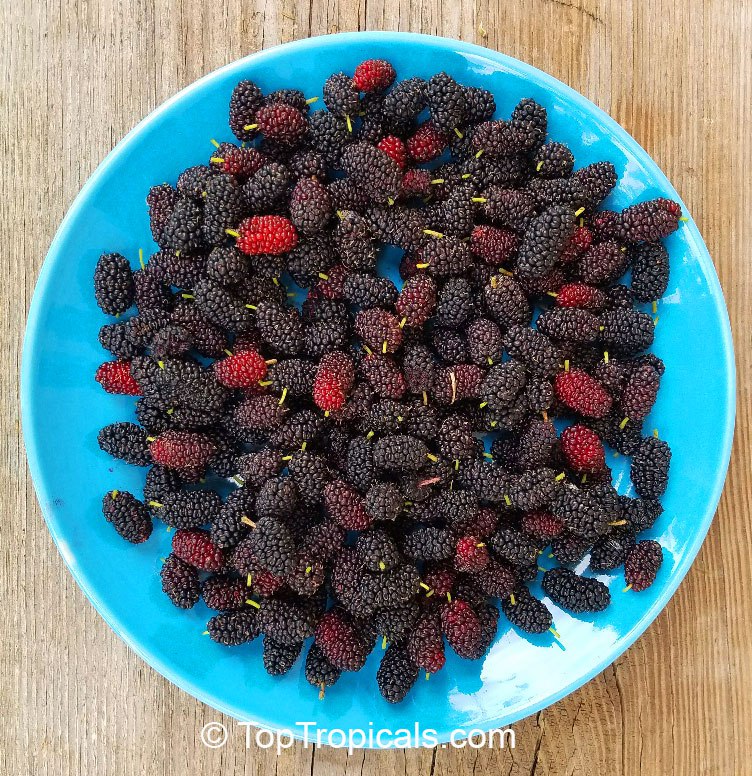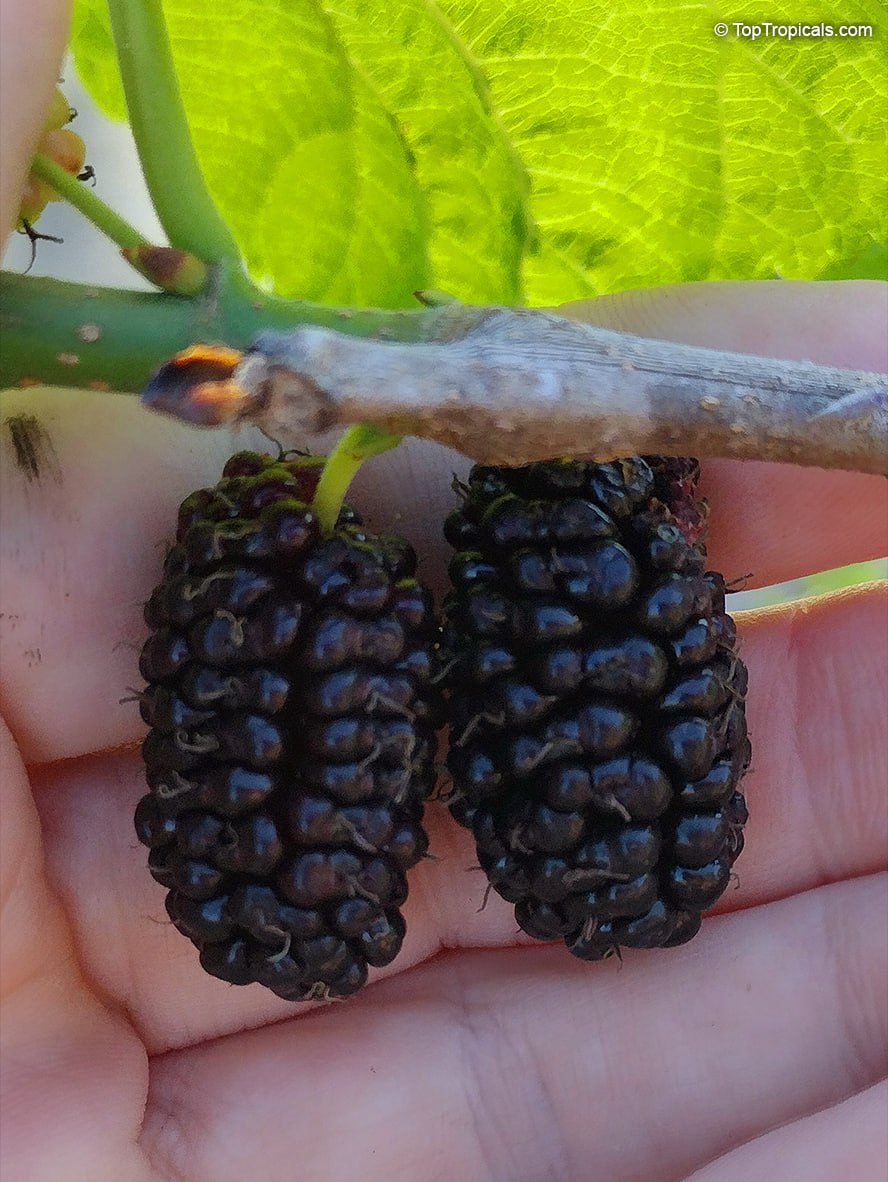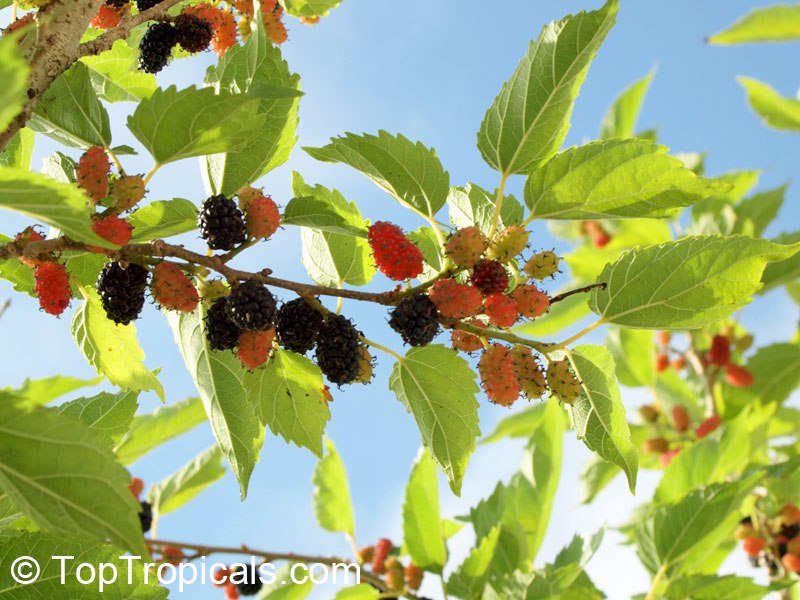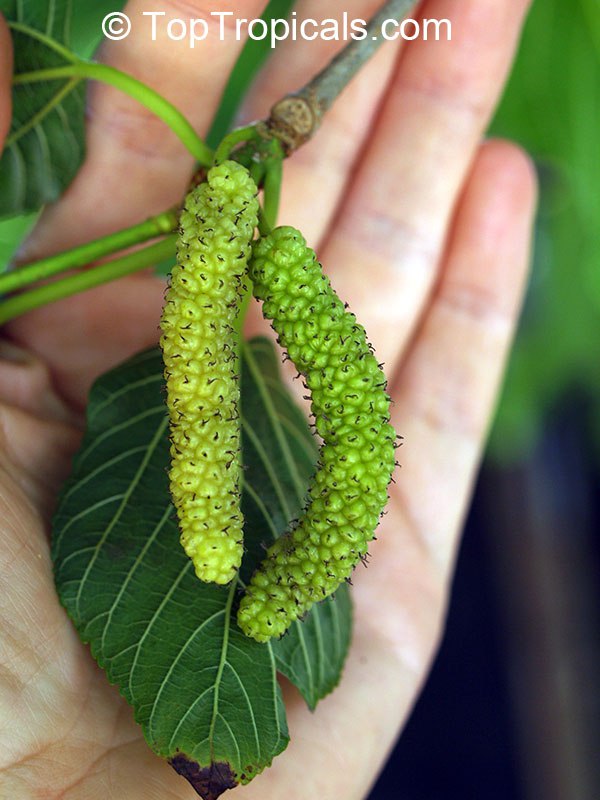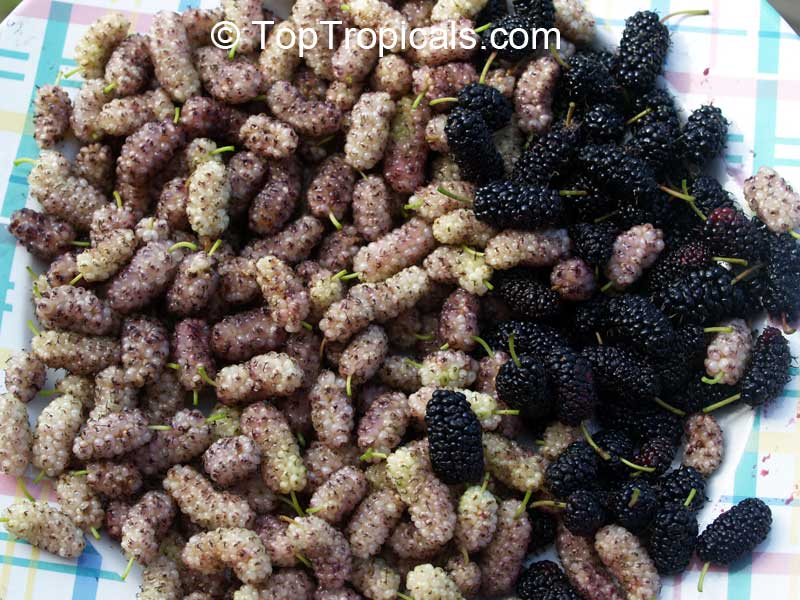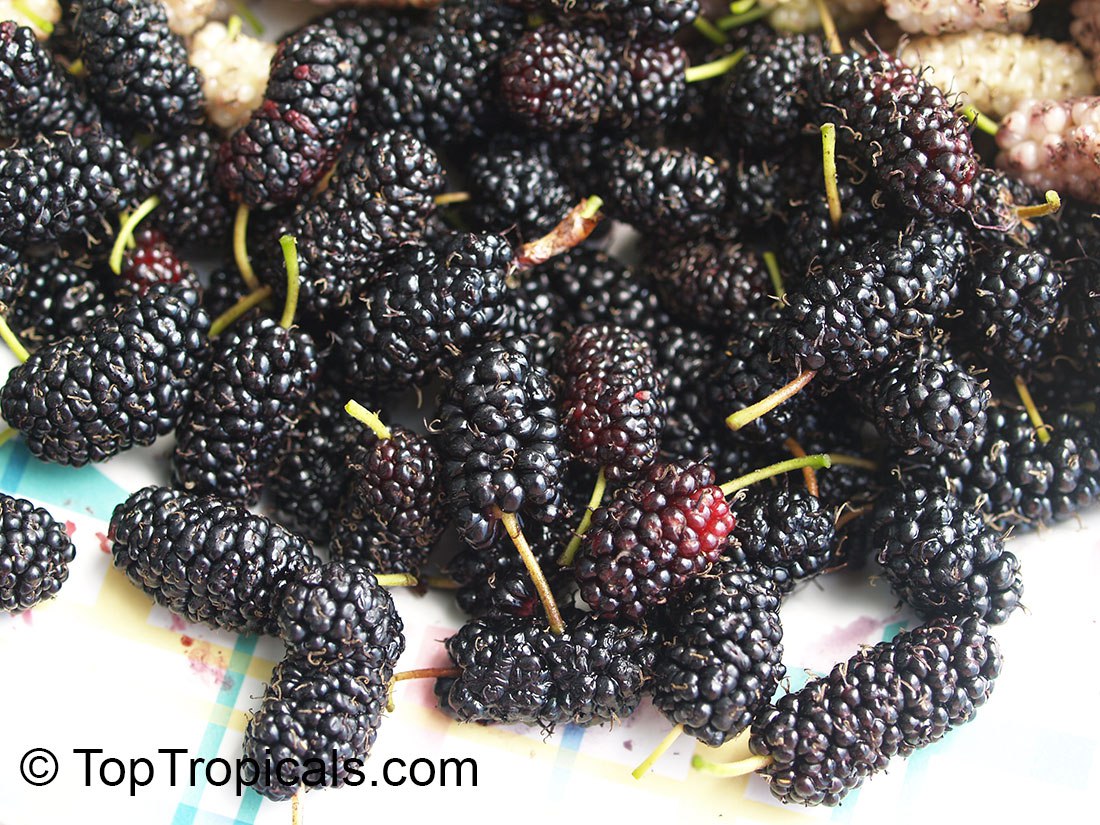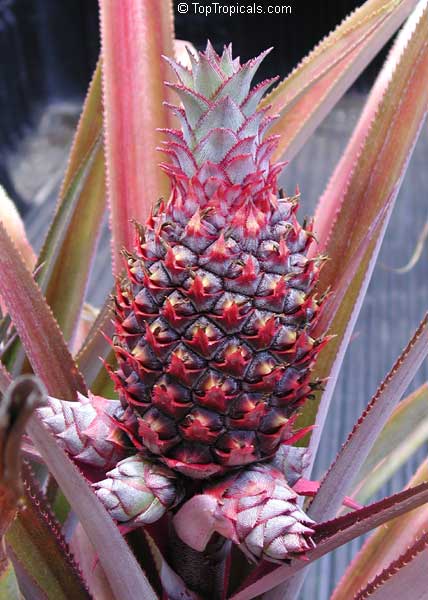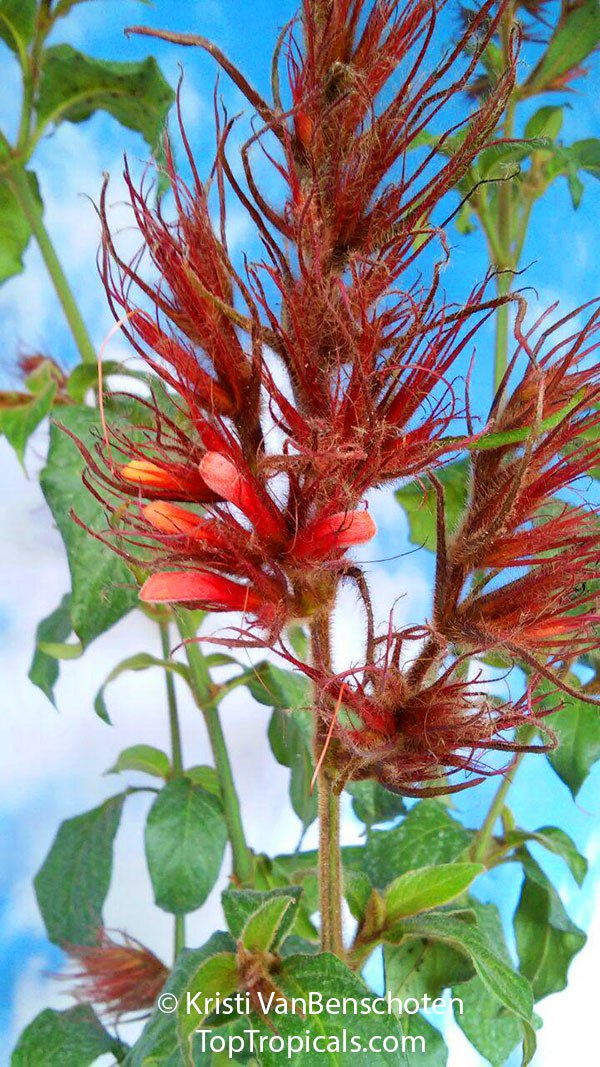
Sanchezia stenomacra - Blood Red Feather
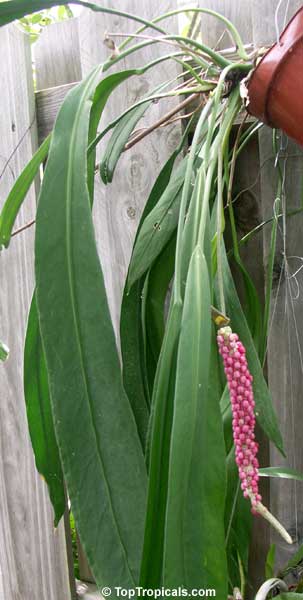
Anthurium vittarifolium - Long Leaf Anthurium
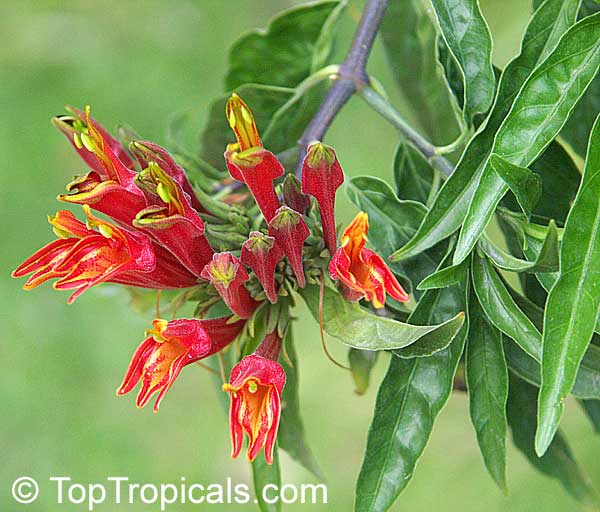
Clinacanthus nutans - Snake plant, Phaya-Yor
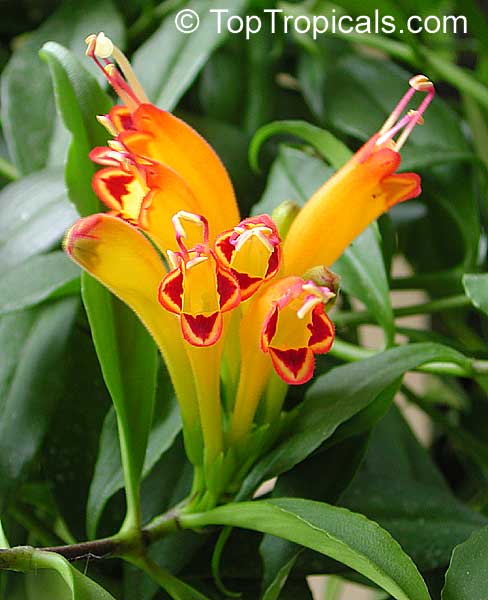
Aeschynanthus speciosus - Lipstick Plant
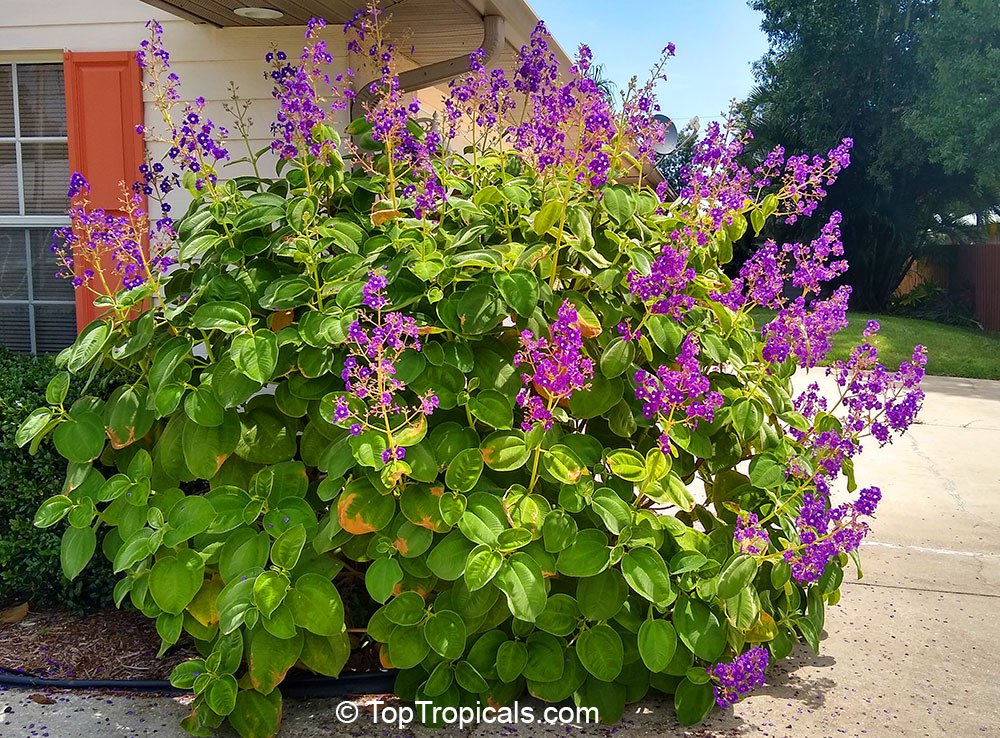
Tibouchina multiflora (grandifolia) - Glory bush, Quaresmeira
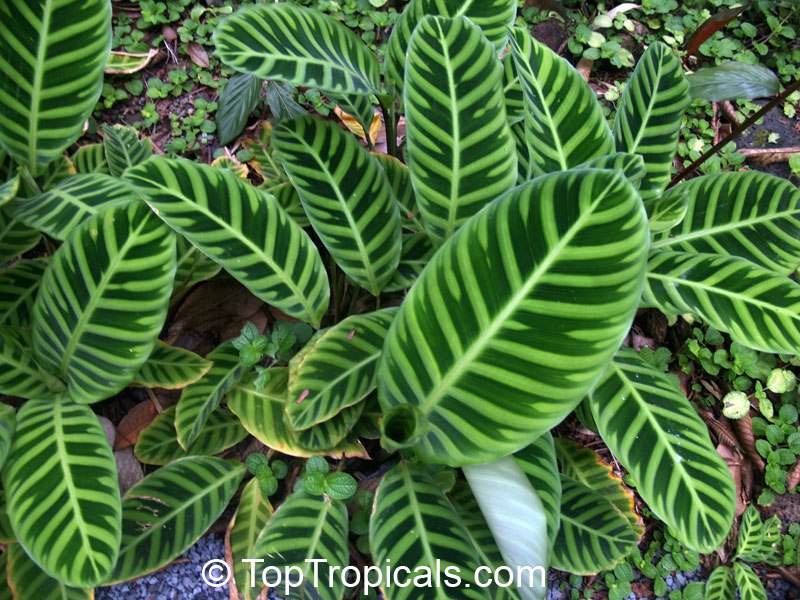
Calathea zebrina - Zebra Plant
🌈
Six colorful plants for your indoor garden
🎶
Q: I've read your post about growing tropicals indoors and you got me inspired! Can you recommend something unusual, colorful and bright, preferably with flowers, that I can grow as house plants?
🌸
A: House plants don't have to be boring and just green! Below are a few excellent choices for your indoor garden that will brighten your sunroom. Just make sure to follow the
10 key tips for growing tropical plants indoors.
- Sanchezia stenomacra - Blood Red Feather - spectacular red feathery blooms and and soft, fussy leaves.
- Anthurium vittarifolium - Long Leaf Anthurium - super rare, an eye stopper, with long leaves up to 2 ft long, and bright pink fruit.
- Clinacanthus nutans - Snake plant, Phaya-Yor - exotic flower from Thailand resembling snake's open mouth.
- Aeschynanthus speciosus - Lipstick Plant - popular house plant with bright showy orange blooms.
- Tibouchina multiflora (grandifolia) - Glory bush, Quaresmeira - can be grown outside in Southern gardens, as well as in a pot indoors. Showy purple flowers, velvet leaves are wonderfully soft 6-8" in diameter!
- Calathea zebrina - Zebra Plant - the brightest zebra-striped large leaves up to 1 ft long.
👍 What flowering plants do you grow in shade? Share in comments⬇️
🛒 Shop indoor garden
#Container_Garden
🔴 Join 👉 TopTropicals
